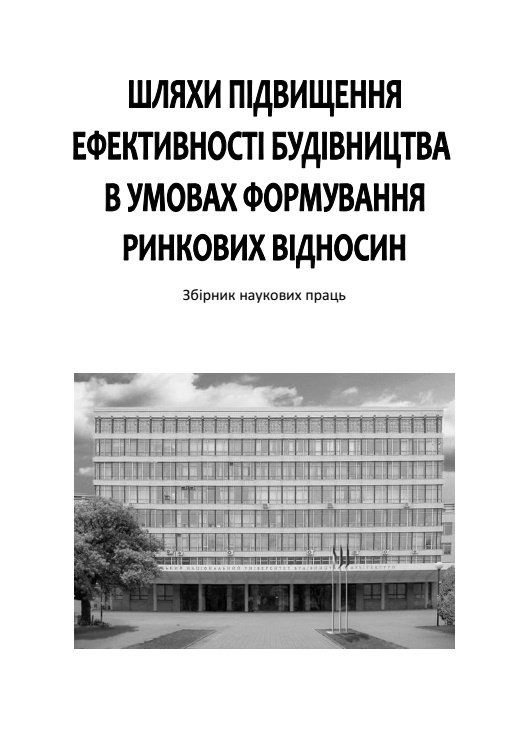Application of the modern approach to the adoption of organizational and technological solutions in conditions of dense building and compressed conditions based on the DAD approach.
DOI:
https://doi.org/10.32347/2707-501x.2019.39.71-78Keywords:
organizational and technological solutions, construction, design, medical center, estimated cost, calendar plan, DAD approach, deagregation, decomposition, counter design.Abstract
The article deals with the problems of investors (customers) during the establishment of medical institutions. Possible options for the implementation of medical facilities are defined, namely the lease of premises, the purchase of real estate, new construction or the combination of the last two. A real example of the reconstruction of a non-residential building under the medical center is considered and problems identified during the implementation of the construction project are identified. The author defines the DAD approach, the possibilities of its application to increase the reliability of data necessary for the adoption of organizational and technological solutions.
References
ДСТУ Б Д.1.1-1:2013 «Правила визначення вартості будівництва»
ДБН А.3.1-5:2016 «Організація будівельного виробництва»
ДБН А.2.2-3-2014 «Склад та зміст проектної документації на будівництво»
Downloads
How to Cite
Issue
Section
License

This work is licensed under a Creative Commons Attribution 4.0 International License.
Authors who publish with this journal agree to the following terms:
- Authors retain copyright and grant the journal right of first publication with the work simultaneously licensed under a Creative Commons Attribution License that allows others to share the work with an acknowledgement of the work's authorship and initial publication in this journal.
- Authors are able to enter into separate, additional contractual arrangements for the non-exclusive distribution of the journal's published version of the work (e.g., post it to an institutional repository or publish it in a book), with an acknowledgement of its initial publication in this journal.
- Authors are permitted and encouraged to post their work online (e.g., in institutional repositories or on their website) prior to and during the submission process, as it can lead to productive exchanges, as well as earlier and greater citation of published work (See The Effect of Open Access).

